Editor's Note: This story was published just hours before the Supreme Court overturned Roe v. Wade, the landmark case that previously guaranteed the right to a legal abortion.
Makayla Montoya Frazier found out she was pregnant on her 19th birthday. Her relationship was unstable (at best) and she’d been struggling to find housing and a way to support herself. She’d graduated high school early, at just 16, and after a tumultuous childhood, she needed to leave her hometown. It wasn’t just a desire, but a means of survival.
So, she moved in with her grandparents in San Antonio and began working as a stripper to make some money. She started to find her footing, making friends and canvassing for politicians and causes she cared about, like LGBTQ rights. She started to raise a little hell in a state that’s not exactly known for its staunch support of women, the trans community, minorities, or anyone who is marginalized, really. Out on her own in San Antonio, with no one telling her to keep quiet, Montoya Frazier got loud.

As a nonprofit journalism organization, we depend on your support to fund more than 170 reporting projects every year on critical global and local issues. Donate any amount today to become a Pulitzer Center Champion and receive exclusive benefits!
“It was the first time I felt autonomy,” she says of the move to San Antonio. “I knew since I was a teenager that the only way out was to be really vocal and to go as hard as I could. It was the epitome of loving myself.”
“I had seen so much bad parenting. There was no way I was risking that.”
Then came the positive pregnancy test, and she knew what she wanted to do. No amount of shaming could convince her otherwise. “I had seen so much bad parenting,” says Montoya Frazier, now 22. “There was no way I was risking that.”
It took Montoya Frazier almost four weeks after her initial positive test to access an abortion. She was first misdirected at a crisis pregnancy center (CPC), and then she had to gather enough money for the $900 surgical procedure. She got her abortion in 2018, before Texas outlawed most abortions via Senate Bill 8, a draconian bill that took effect in 2021 banning abortions past about six weeks gestation and allowing private citizens to sue abortion providers and anyone who “aids or abets” an abortion after the six week mark. Her abortion also happened before the Supreme Court all but promised to overturn Roe v. Wade, as indicated by a leaked Supreme Court draft majority opinion on May 2. Despite the most restrictive abortion bans in her state being a few years away when Montoya Frazier terminated her pregnancy, she still faced obstacles that seemed insurmountable at the time.
In the years since, Montoya Frazier has become well-versed in reproductive justice; she’s advocated for abortion rights; she’s started a fund to help others like her access abortion. She’s also witnessed more and more abortion restrictions in Texas, and she’s now preparing for Roe v. Wade to be overturned, the end of safe and legal access to abortion for many.
This is where I meet her, in May 2022, just after the Supreme Court leak. I’m here so we can retrace her steps. The places she went, the hoops she had to jump through to access her first abortion, before that access was as tough as it is now, as near impossible as it will be in the not so distant future.
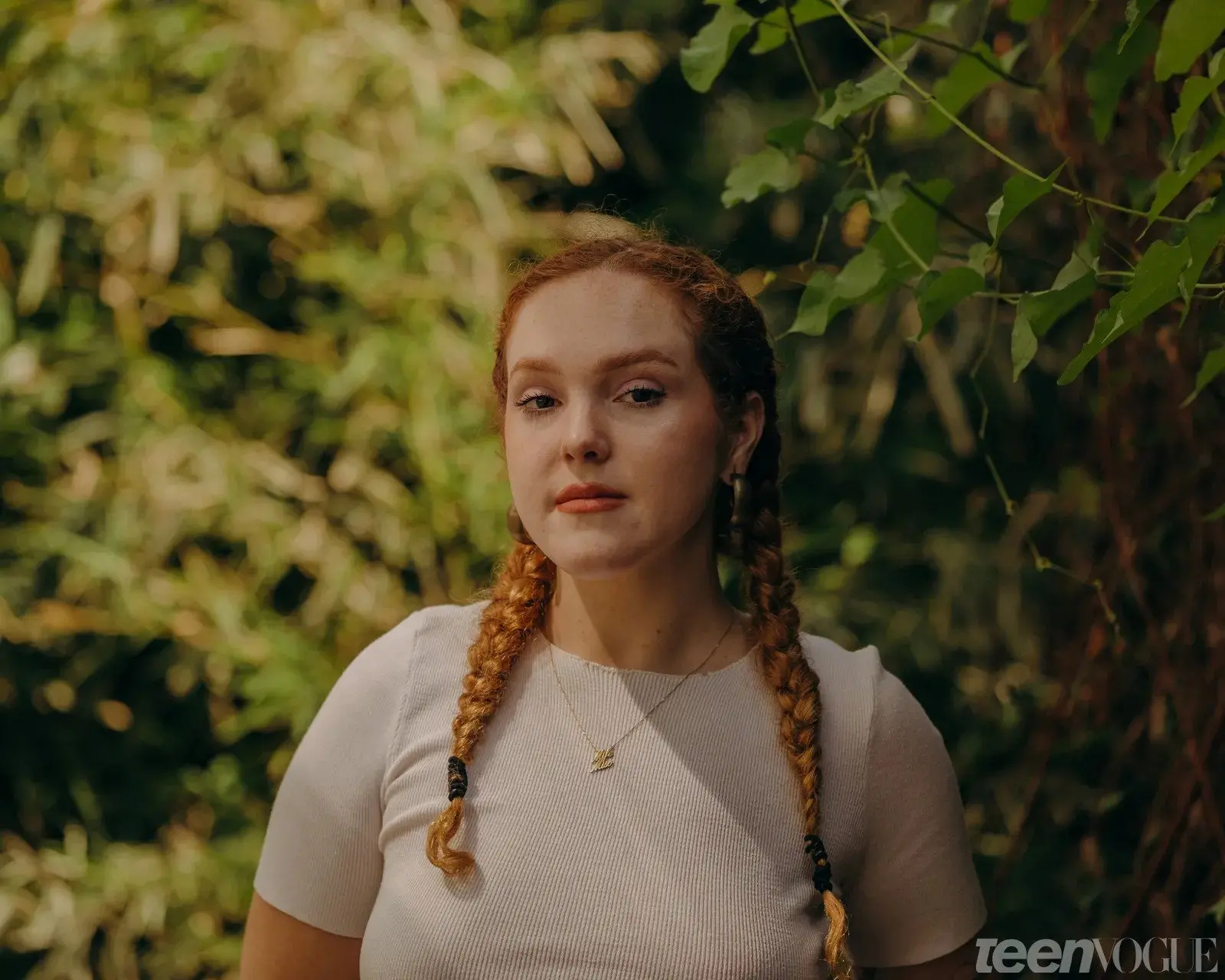
Home
I meet Montoya Frazier at the top of the steep, paint chipped outdoor staircase leading to her apartment. Ginger curls frame her face and spiral down her back. She’s wearing a purple tank top and faded black denim shorts. Her white socks are dotted with little red hearts.
She shares the apartment with her fiancé Remi, plus three dogs and three cats. She met Remi in 2019, when they were both canvasing for a city ordinance to protect abortion clinics. The state already had some of the strictest laws in the country — including, with few exceptions, 24-hour waiting periods before accessing abortion and mandatory ultrasounds — but at the time, abortion was still accessible past six weeks. Montoya Frazier knew that access was under threat, though, as abortion restrictions across the country mounted.
Their apartment is decorated with small house plants and knickknacks that she and Remi have accumulated. Posters of Bjork and Azealia Banks adorn the walls. Montoya Frazier sips an iced coffee and says she helped the barista from the cafe access an abortion a few weeks prior. In September 2021, the same month SB8 was enacted, Montoya Frazier quit her job as a phlebotomist to devote herself full time, and without pay, to The Buckle Bunnies Fund, which she co-founded to help people access and pay for abortions.
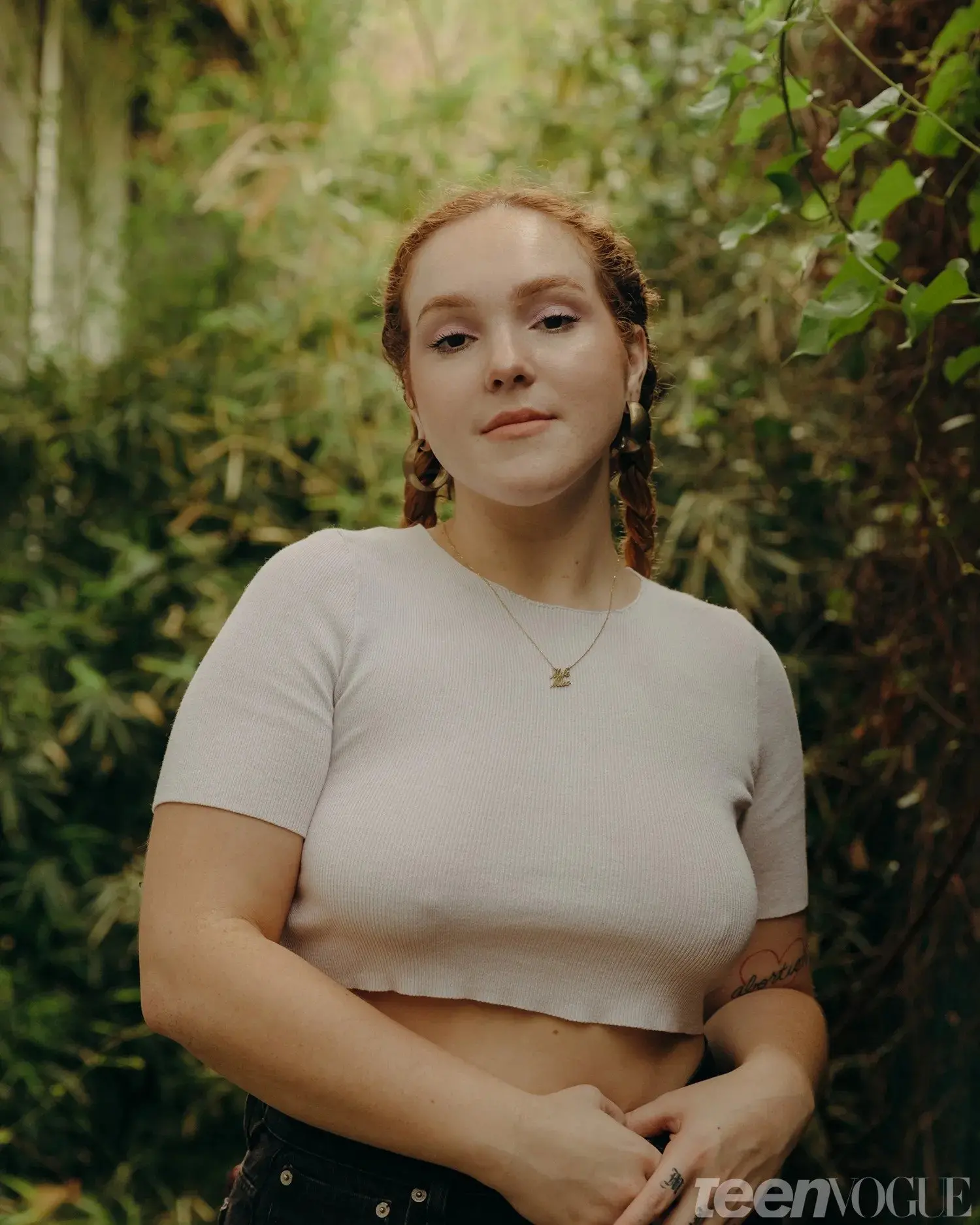
The Buckle Bunnies Fund launched in April 2020 when Texas Governor Greg Abbott temporarily banned abortions at the beginning of the pandemic. It’s part of a long tradition of abortion funds in the country that help people safely access and pay for abortion care. In 1976, the Hyde Amendment banned federal Medicaid funds for abortions, unless the life of the pregnant person was in danger. In the last few decades, abortion funds have become a critical resource for people, especially low-income women, who would otherwise be left alone, without help, and without a safe choice. When we talk about The Buckle Bunnies, Montoya Frazier brings up Rosie Jimenez, a 27-year old single mother on welfare in McAllen, Texas, who died from an infection contracted after she received an abortion from a midwife who was licensed to deliver babies, but not perform abortions. Jimenez couldn’t afford an OB-GYN, and there was no local or federal assistance to help her pay for a safe, medically supervised procedure. She died in 1977, the year after the Hyde Amendment was enacted.
“I see all the gaps that exist,” Montoya Frazier says of the lack of access to reproductive care and information that she witnesses daily. Not long ago, a young girl’s mother came to The Buckle Bunnies for help, and the fund paid for an ultrasound. The girl was 25 weeks pregnant.
“She had no clue,” Montoya Frazier says. “Now she’s a teenager with a baby.”
The Crisis Center
We leave the apartment and head west across town to the crisis pregnancy center that Montoya Frazier and her ex, J.P., visited in late July 2018, on her 19th birthday. She had a hunch that she was pregnant because of the nausea, but she was afraid to buy a pregnancy test and bring it into her grandparents’ home.
“My grandparents are perfect and beautiful angels,” she says. “I didn’t know where I was going to live or how I was going to make money, and they said, ‘You can stay here mi hija, we love you.’” Montoya Frazier assumed that as Mexican Catholics, their religious beliefs would cause them to cast her out if they knew she was pregnant, so she kept it to herself.
“I didn’t really tell anyone except my ex and my sister,” she says. “I had no idea [abortion] funds existed or that a clinic was on my side of town. I was navigating this for the first time.”
Not knowing where else to turn, Montoya Frazier googled “free ultrasounds,” and the CPC popped up. She made an appointment.
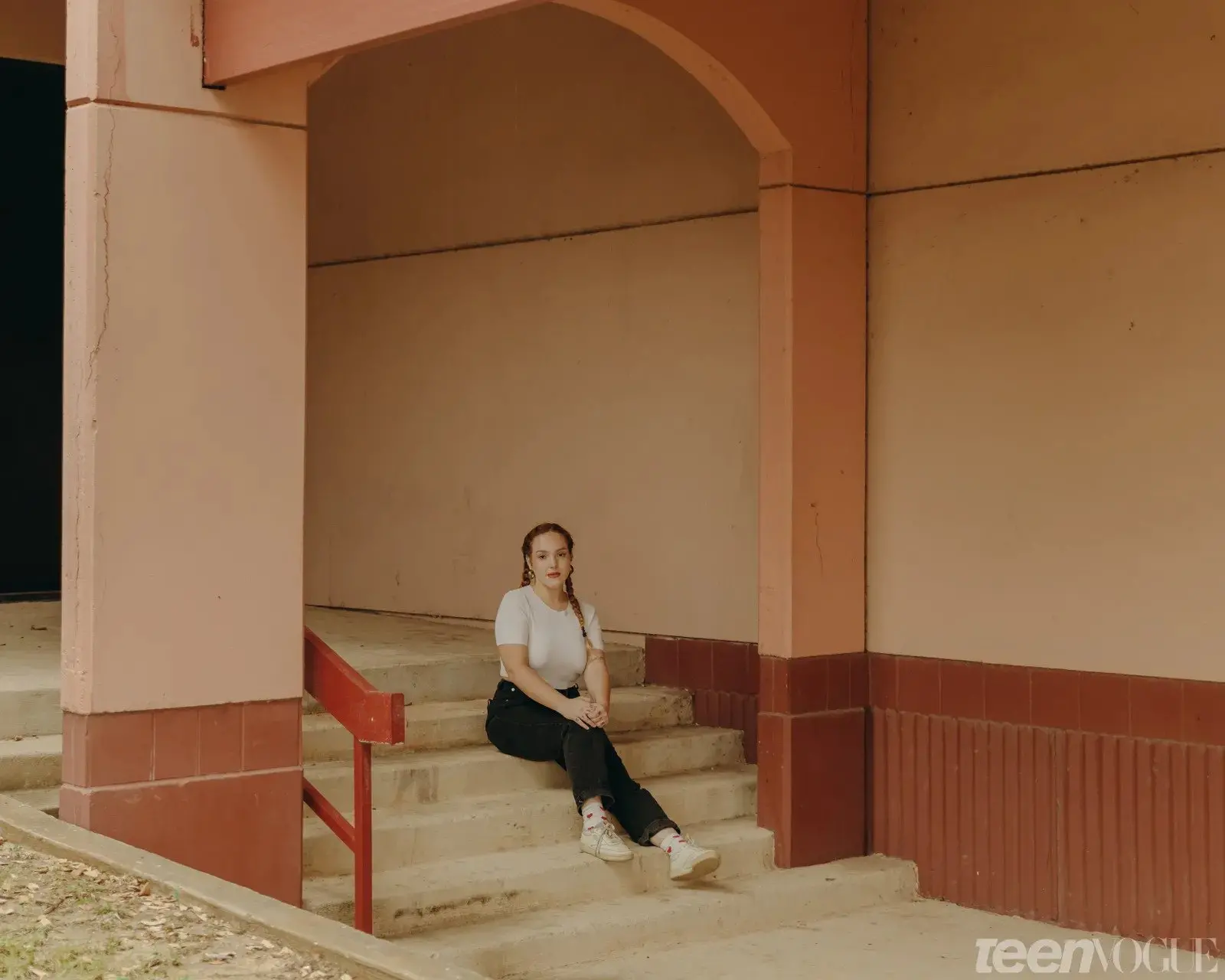
The New York Times calls crisis pregnancy centers “frontline outposts in the war against abortion.” They often attempt to misdirect and dissuade people from accessing an abortion through misleading information and scare tactics. They hand out free goods, and some tout unethical, unproven procedures like “abortion pill reversal.” According to a recent study by The Alliance: State Advocates for Women’s Rights and Gender Equality, these centers provide “virtually no medical care.” They now outnumber abortion clinics in the United States at an average of three to one. In many places, like Texas, these centers are often supported by state funding.
The center Montoya Frazier visited is tucked into a back corner of a desolate, rundown shopping center. “It’s as ugly as I remember it,” she says as soon as we get out of the car.
A small waiting room is visible through the windows. The chairs inside are empty. A suspicious employee walks over to the door, holds up her phone, and takes our photo through the glass.
Adjacent to the entrance there’s a set of concrete steps stained with what appears to be days or weeks old vomit that no one has bothered to clean.
What she hoped would be a quick appointment lasted for almost five hours.
“I remember sitting on those steps, waiting for them to open,” Montoya Frazier says.
What she hoped would be a quick appointment lasted for almost five hours. It took them an hour and a half to give her the results of her urine test. To pass the time, the clinic had rubber babies lying around that the visitors could hold, possibly in hopes that picking up a doll might convince someone that bringing an actual child into the world would be so easy.
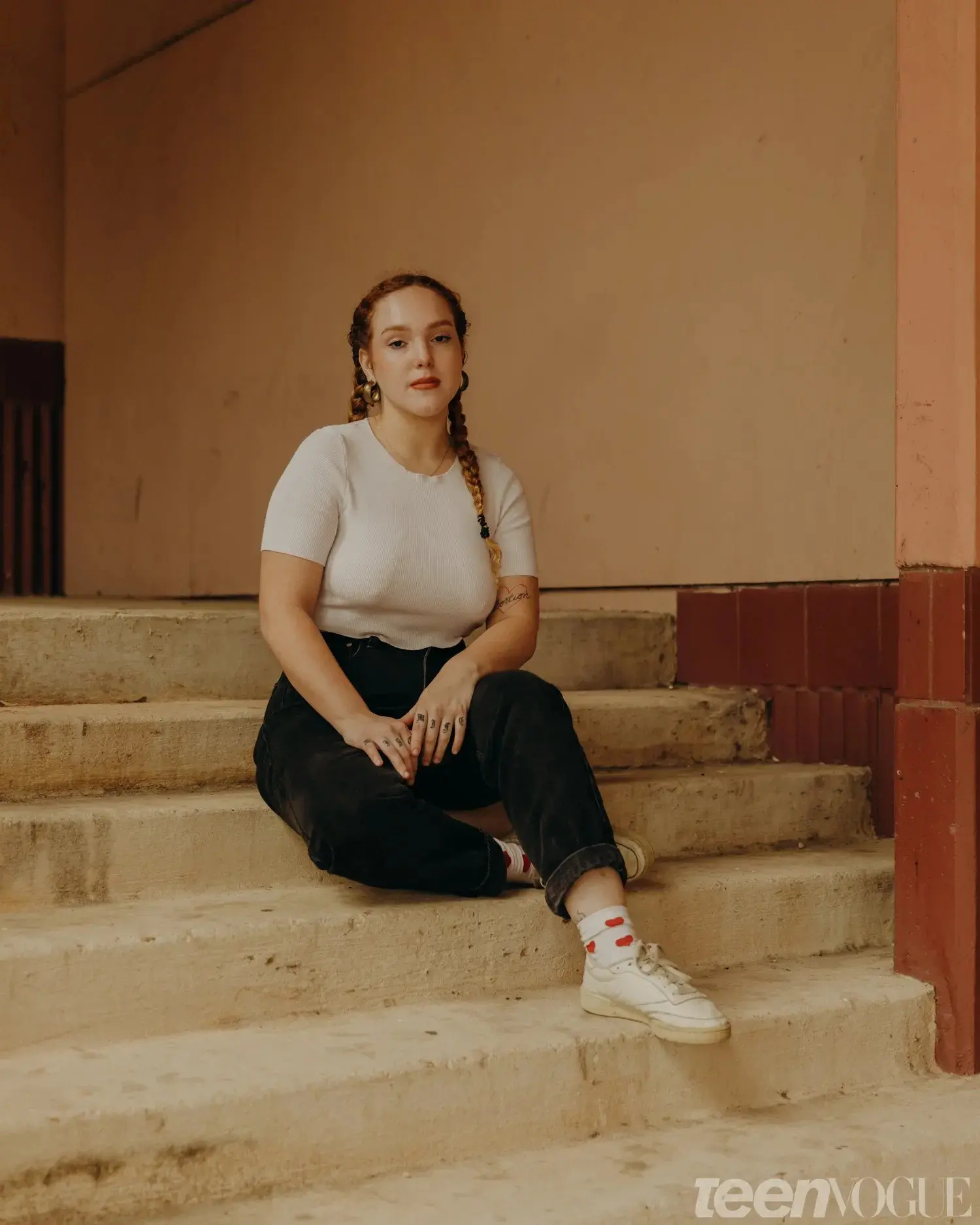
While she waited, she had to fill out lengthy questionnaires asking what kind of sexual practices she engaged in. There were personal questions about her past, traumas endured, and future plans. Studies have found that some of these centers show women manipulative, sometimes gruesome films and photographs in an attempt to scare them out of having an abortion. Some have spread false claims that abortions cause breast cancer or PTSD. A quick glance at Yelp reviews for the CPC Montoya Frazier visited shows similar stories of women feeling brainwashed, manipulated, and asked personal questions that had nothing to do with the medical care they sought.
“They prey on your weaknesses,” Montoya Frazier says.
When it was finally time for the ultrasound that day, the CPC employee asked Montoya Frazier, who was lying on the exam table, if she wanted her boyfriend to come back and watch with her. She says that before she could answer, the woman rushed out to get J.P.
“They didn’t give me a choice,” she says. “They took that away from me and brought him in.”
She already felt disconnected from J.P., and didn’t feel much support during the ultrasound, which was displayed on a large flatscreen TV. J.P. says he didn’t know what to feel, but thought it was important to be there regardless. The CPC worker told Montoya Frazier that she was about 12 weeks along. J.P. didn’t hold her hand, or say much of anything at all.
“We weren’t going to fall in love just because I was pregnant,” she says.
Montoya Frazier knew that the fastest way out of the center was to tell them they’d given her a lot to think about. She took the little baby onesie they offered her, and hurried out. The experience shook her.
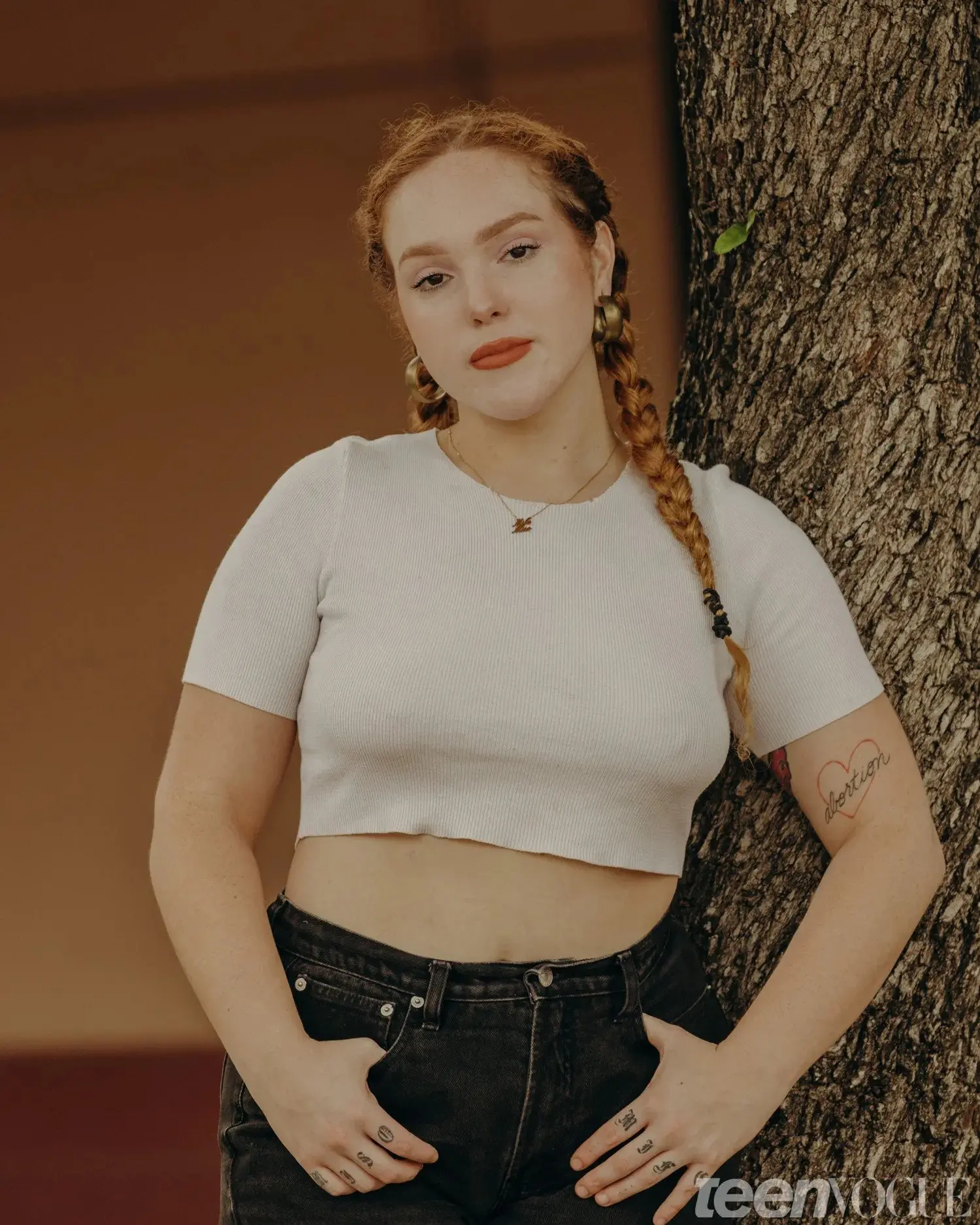
“These places do the bleakest things,” she says. “It made me want an abortion more because they did not recognize my body as my body. They just saw my body as a vessel. They didn’t care how difficult it is to be pregnant and have no one care what you’re going through. I shouldn’t have to beg someone to see me as a human being.”
The crisis center CEO did not respond to multiple calls for comment. I did speak to an employee over the phone, who told me that they offer “overall comprehensive women’s healthcare needs,” including free pregnancy tests and ultrasounds, free diapers and formula, and counseling to help women “recover” from having an abortion. When I asked whether they provide abortions, she said, “We don’t. We can provide an ultrasound at no cost. Some places charge. We don’t.”
“It made me want an abortion more because they did not recognize my body as my body."
“It’s so upsetting and so horrible,” says Seema Mohapatra, an expert in health law and bioethics who teaches at Southern Methodist University in Dallas. She says some of these crisis clinics are “masquerading as healthcare centers,” but they’re really trying to force women to have a child.
“It’s especially hard for young people who might be easily manipulated,” Mohapatra says. “Some states have tried to crack down on them but they’ve been unsuccessful because of free speech issues. Some of the ads are so manipulative, if you didn't know what it was and you were already scared and in a vulnerable position. It’s really diabolical.”
Montoya Frazier possessed enough self-awareness to leave that crisis center, but it would still take her an entire month to access the abortion care she needed.
Denny’s
She was 12 weeks pregnant, and she was hungry.
After spending hours at the CPC with no snacks in sight, Montoya Frazier needed food. She wanted to talk about her 19th birthday party, forget about what she’d just endured, and have some fun. She and J.P. went to Denny’s.
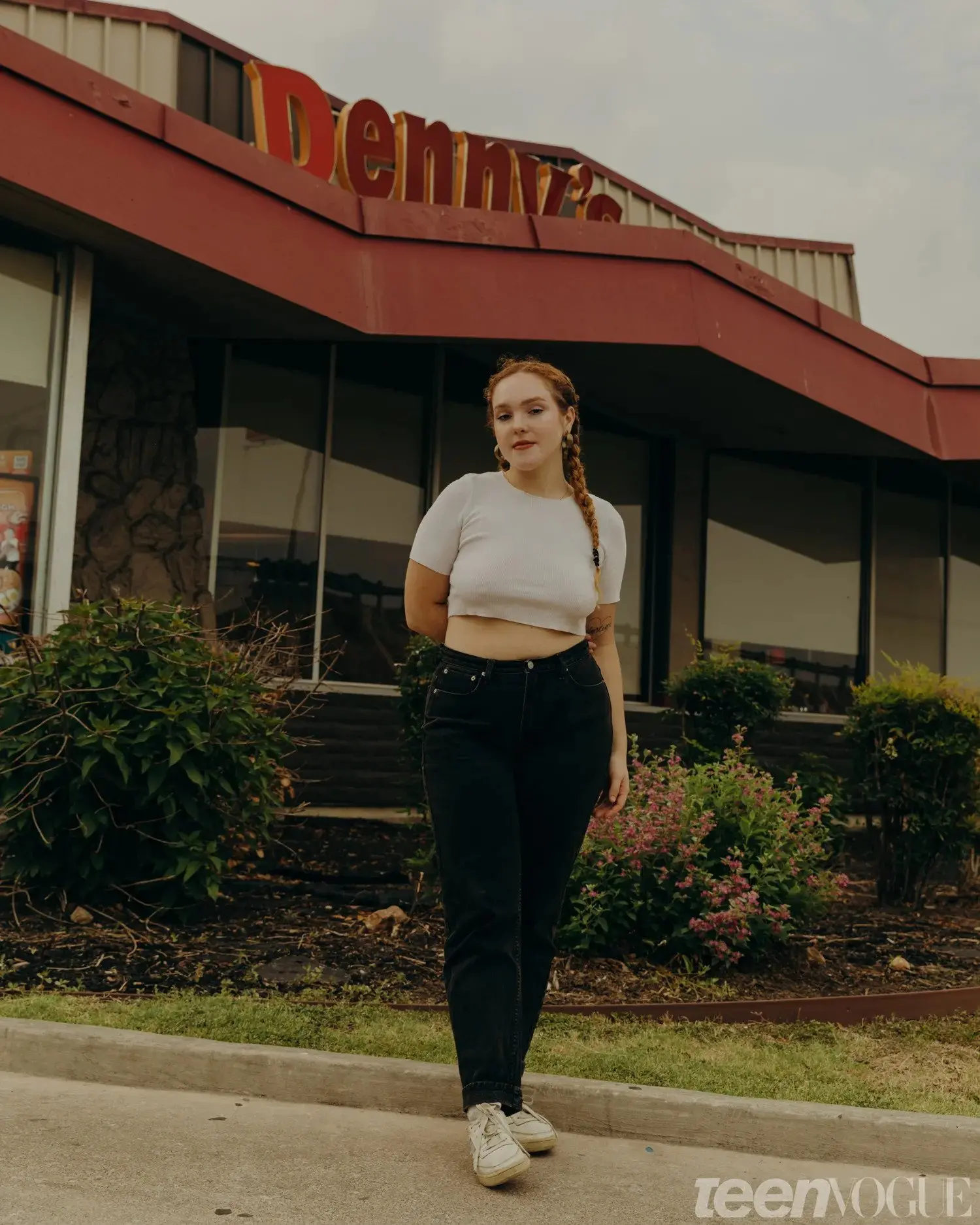
They sat in a back corner booth and she asked if he was coming to her party that night at Peter Piper Pizza. She wanted to drive some bumper cars, play a few games, ride the mini roller coaster called the Abilene Comet. This Denny’s is minutes away from her grandparent’s house, in a neighborhood that feels, to her, like home. She ordered a Lumberjack Slam — two buttermilk pancakes, a slice of grilled ham, two bacon strips, two sausage links, two eggs, and hash browns — and J.P. ordered the Grand Slam—pancakes, bacon, sausage and eggs.
“Never will I eat a single pancake,” she says. “I like my breakfast all mixed up.”
She knew she and J.P. weren’t destined to fall in love, but she wasn’t thrilled that she ended up having to pay for both their meals.
“We didn’t talk about the pregnancy,” Montoya Frazier says of that meal. “I was tired of carrying that burden.”
After Denny’s, he dropped her off at her grandparent’s house. She kept the ultrasound photos tucked into her purse.
Peter Piper Pizza
We pull up to Peter Piper Pizza and find a place to park. She stares up at the bold red and yellow sign.
“This was a happy place,” she says.
Montoya Frazier brought the ultrasound photos to her birthday party. Later, she would hide the photos in her guitar case until she moved away.
That night, she rode the Abilene Comet and drove bumper cars. Six or seven friends, including J.P., came to celebrate with her. One of her friends brought bright, glittery cowboy hats for everyone to wear.
Montoya Frazier hadn’t told anyone in her family besides her sister Tori that she was pregnant. What if her grandparents made her leave the house? Where would she live? How would she survive?
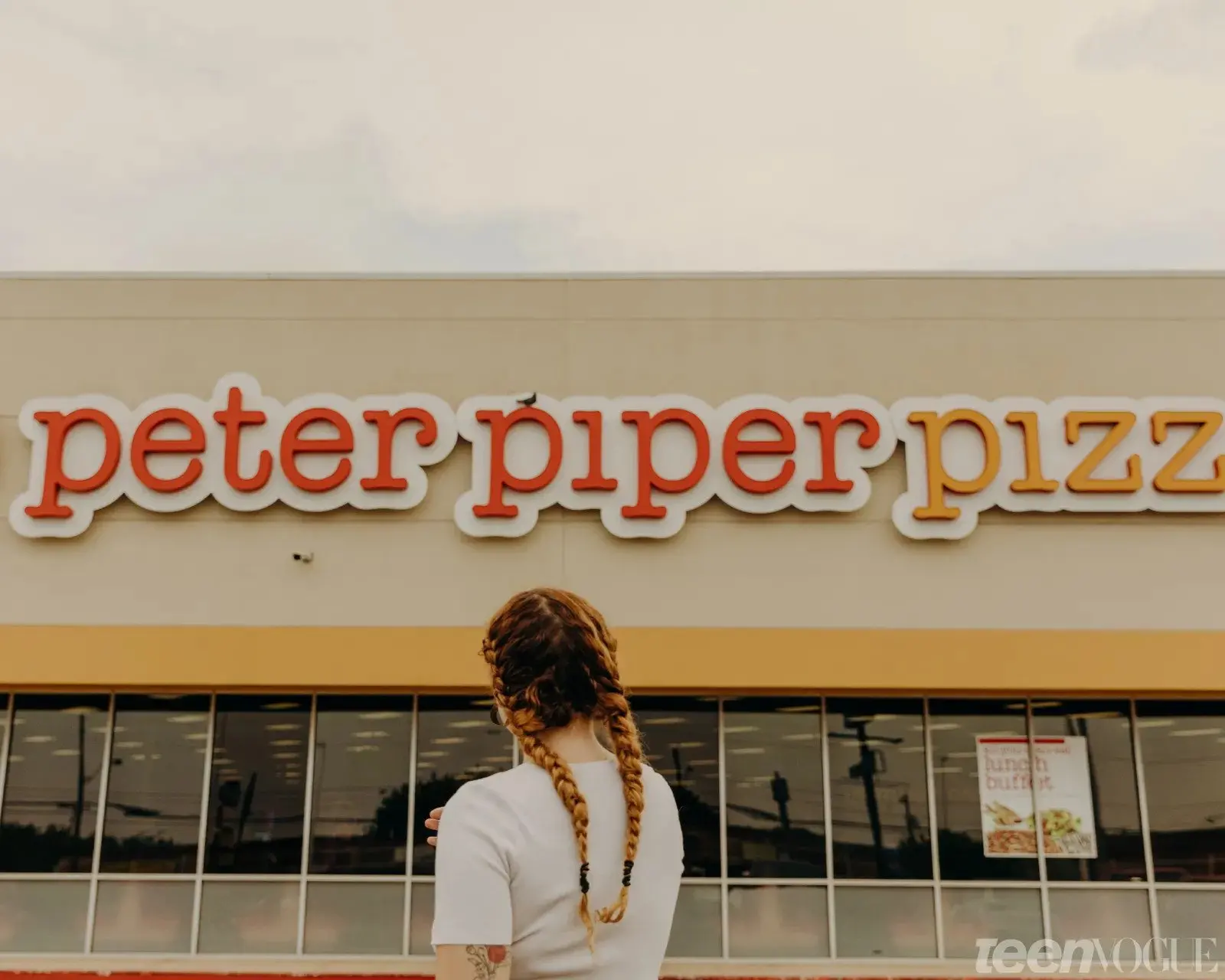
“Nobody else knew but the guy and me,” Tori says. “Maybe a relative knew, but she wasn’t very supportive.”
She showed her friends the ultrasound photos that night at her party. Sharing it with them felt good. It helped her feel a little less alone, but keeping secrets from her family still hurt.
Montoya Frazier knew that having an abortion was the right choice for her, but during the weeks she waited for her appointment, doubts crept in.
“I was conflicted because I was so alone in life, and part of me thought that if I do have a baby, then it will have to love me,” she says. “But I didn’t have the resources.”
Fridays and Saturdays Were Abortion Day
Outside the place where she got her abortion, Montoya Frazier remembers the August day she and J.P. walked in. She remembers the security buzzer she had to push before they were allowed inside.
The abortion cost $900. J.P. pitched in some, she paid a portion, and a few friends chipped in until she had enough.
She had to get a second ultrasound, because the state requires it be done by the same doctor who is performing the abortion. On the first day at the clinic, Montoya Frazier had bloodwork done. The second day, after the state-imposed waiting period, she returned for the procedure. Protesters yelled and screamed on the sidewalk harassing anyone who walked inside, or out.
J.P., who is now 25, says of the protesters, “It was super infuriating that they didn't care how complicated the situation was.”
In the waiting room, he overheard a young couple who drove nearly 150 miles from Corpus Christi to the clinic.
“Their families didn’t even know,” says J.P. of the couple. “I guess I had never really thought about how lucky we were to have that available to us. It was super obvious that they were young and cared about each other, but it wasn’t the right time for them.”
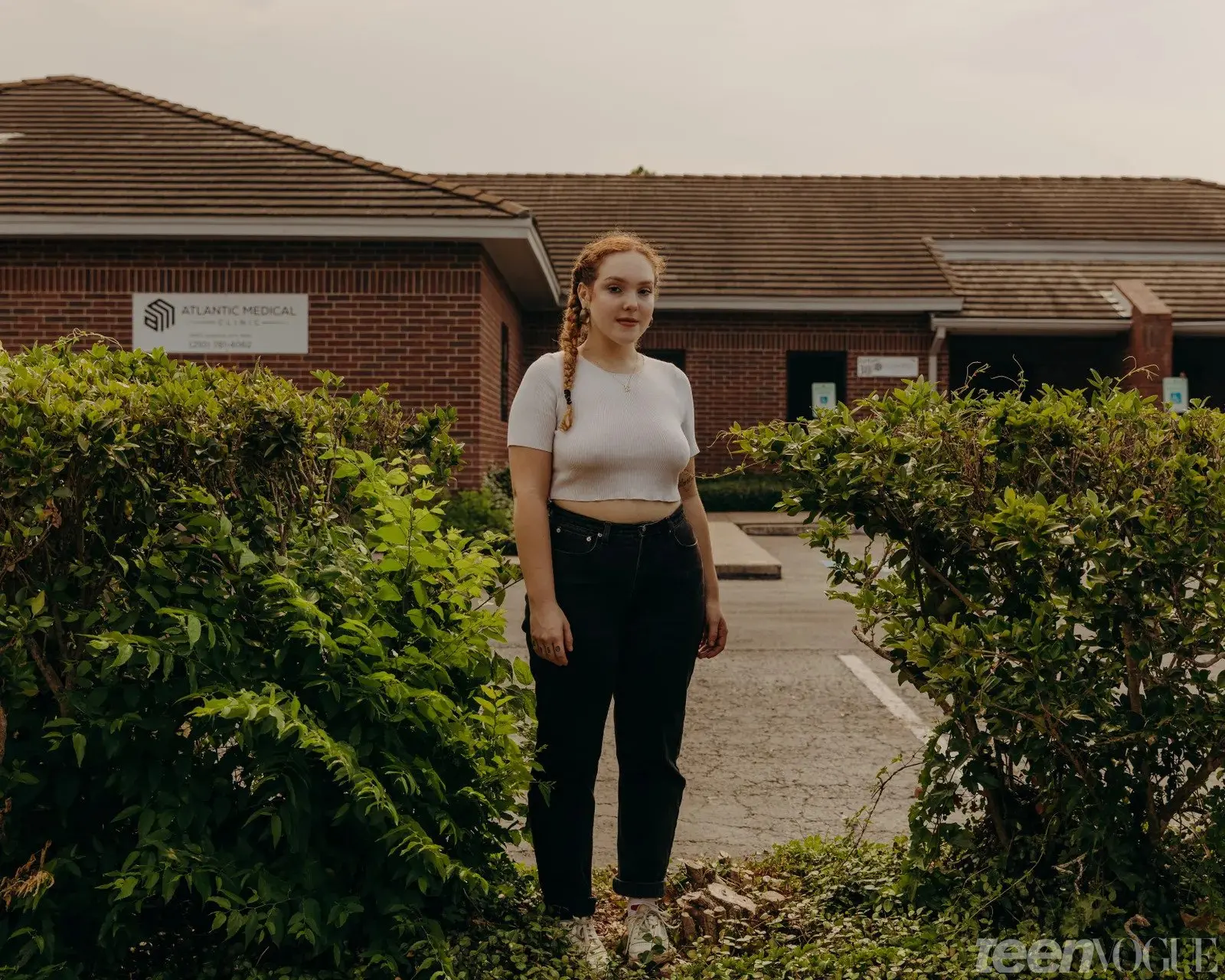
Corpus Christi, like many other places in Texas and across the country, is considered an “abortion desert” — a place where someone seeking an abortion would have to travel more than 100 miles to access one. In 2017, 96% of counties in Texas had no abortion clinics, according to the Guttmacher Institute. That same year, 89% of counties nationwide had no abortion clinics, meaning the more than one-third of U.S. women who lived in those counties had to travel elsewhere for abortion.
If Roe v. Wade is overturned, 13 states have laws that could go into effect to ban abortion within days, and three states within 30 days of the Supreme Court decision. In addition, four states have laws from before Roe v. Wade that could be revived to outlaw abortion, and another nine states may ban abortion completely or until a certain point of gestation once the decision is issued. According to the Guttmacher Institute, 26 states may heavily or completely restrict abortion in the coming months. Abortion deserts are about to expand.
Despite the protesters outside, compared to the crisis center, Montoya Frazier felt completely supported at this clinic. It was colorful and bright, decorated with inspiring quotes from women like Margaret Cho or Sojourner Truth. Each room had a feminist icon painted on the wall. She got the Georgia O’Keeffe room.
“To be there with other people who were going through the same stuff, it felt like solidarity with them simply because we were all there and in the same boat,” she says of the clinic. “There was no shame.”
The actual procedure lasted about 25 minutes, but because Montoya Frazier, who was 15 weeks pregnant by this time, is allergic to lidocaine, the doctor gave her Fentanyl when she was in pain. She loved this doctor. She says the physician didn’t sugar coat anything, and told Montoya Frazier exactly what she might feel, to prepare her. The physician told her they were there for her. Montoya Frazier squeezed the hands of two medical assistants so hard throughout the procedure, she thought she might break their bones.
“Pain isn’t real to me anymore,” she says.
She spent several hours in the clinic’s recovery room, dripping sweat, nauseous, and completely dazed. J.P. was there, but he says he didn’t know how to comfort her.
“I needed more care than he could give,” she says. “If we’d had a kid, who knows. I don’t want to know.”
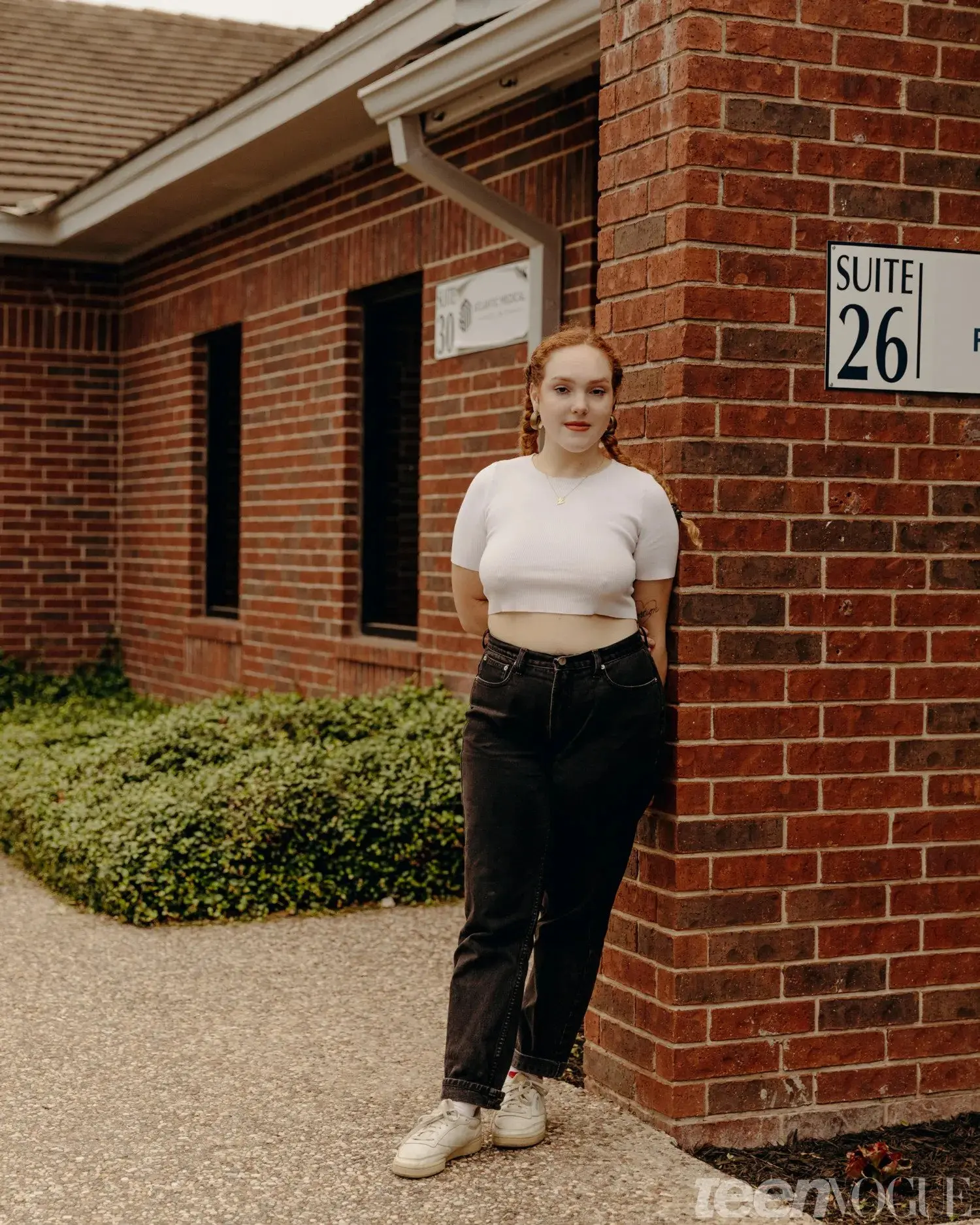
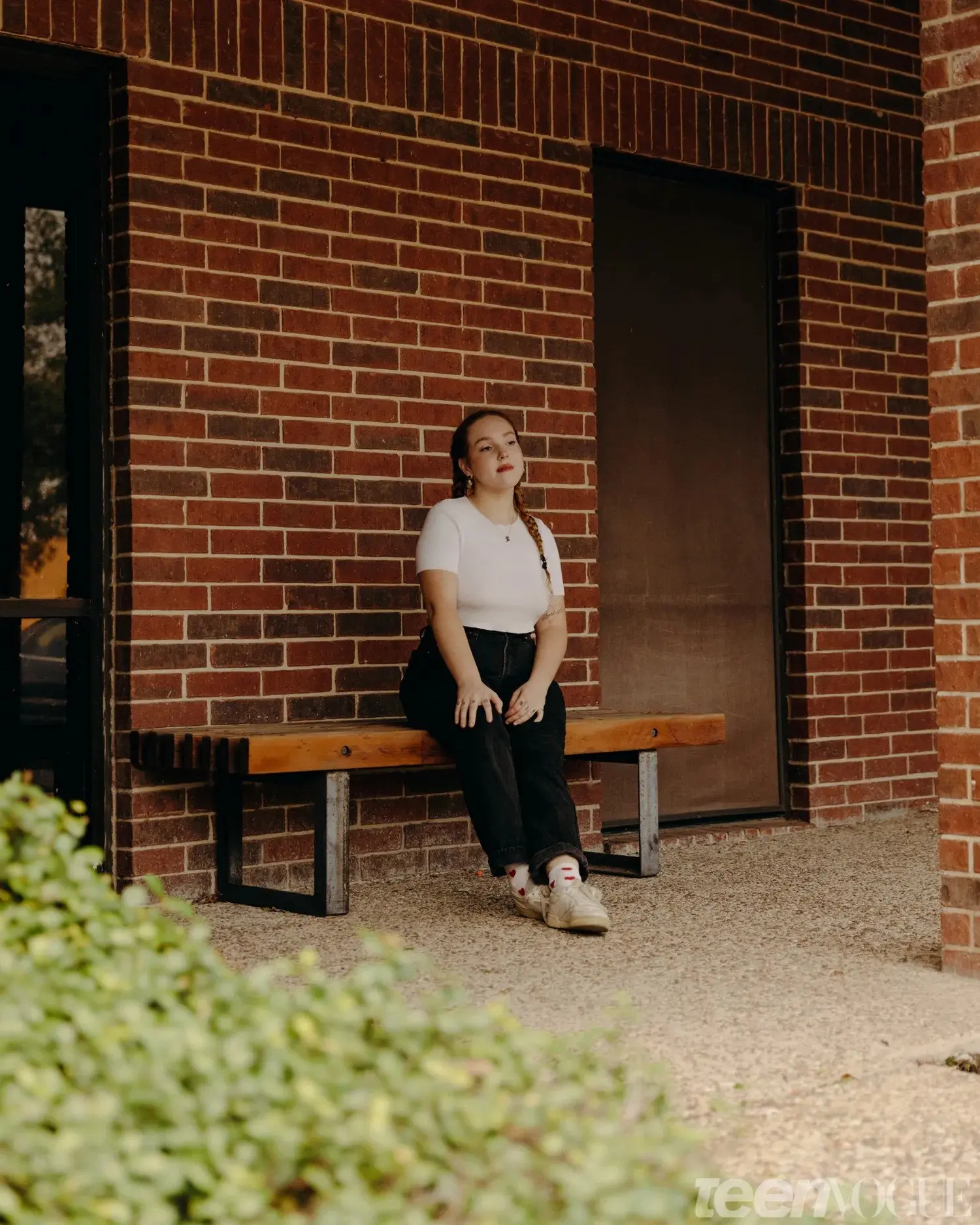
The physician who performed Montoya Frazier’s abortion that day, a board certified OB-GYN with years of experience, spoke to me on condition of anonymity. They don’t have the same security measures in place that they had when they worked at the clinic, and they want to protect the safety of their family. They’ve had suspicious packages sent to their home. They’ve been threatened and filmed.
"It’s a high level of anxiety, and there’s the threat of violence and never knowing when or where it’s coming.”
“Being an abortion provider in Texas is extremely hard,” says the physician. “Everyone in Texas has a gun, and protesters can be scary. It’s a high level of anxiety, and there’s the threat of violence and never knowing when or where it’s coming.”
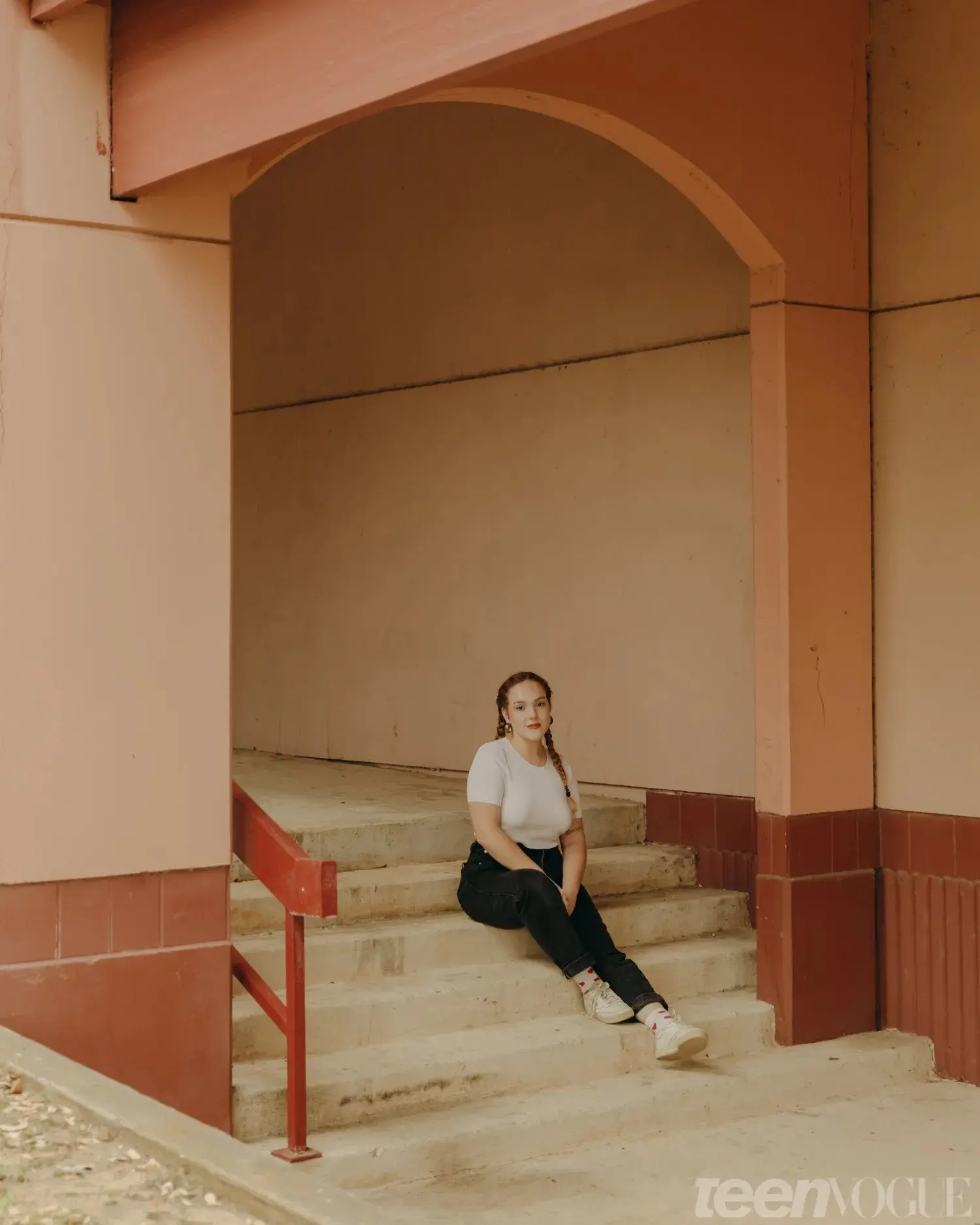
The physician adds that you never know which support person might be a plant, or which patient might not be a patient at all, but an armed person with an agenda.
The sheer volume of people seeking help weighed on the physician as well. “I heard heartbreaking stories of women struggling every single day. We have demonized women for having abortions but they are real people with jobs and kids and lives, and we’re taking control of their own autonomy of their own lives.”
According to 2019 data from the Centers for Disease Control and Prevention, 6 in 10 women who have abortions have already previously given birth to a child. Most are in their 20s, and the majority are unmarried. According to the Guttmacher Institute, most abortion patients are also low income. Until 2020, abortion rates in the U.S. had been on a steady decline, likely due to increasing access to contraception and medical care. The anti-abortion siren call that claims thousands of young women in America casually sashay into clinics to get second, third and fourth abortions as a form of birth control is simply not true.
Montoya Frazier’s sister Tori says the abortion was tough on her sister, even if it was the right choice.
“It was pretty traumatic, but she said would do it again,” Tori says. “We had a lot of trauma growing up and we have dealt with so much, so I’m really proud of her. We both knew it was the right choice.”
Montoya Frazier, who has an autoimmune condition, anemia, and early signs of M.S., says that pregnancy was “violently hard” on her body. She was scared that she wouldn’t even survive if she decided to have a child.
“Pregnancy is not a benign condition,” says the physician who performed the abortion. “You force someone to give birth, and now they have no resources. It can be quite dangerous.”
The clinic had recently shut down, and they must have forgotten to call and tell her.
A few days after her abortion, Montoya Frazier called her mother. They hadn’t been close since she left home at 17, but she needed to make that call. She needed her mom.
Instead of being shamed, Montoya Frazier says that confiding in her mother about the pregnancy and about her decision to have an abortion repaired their relationship. “I trusted her enough to tell her, and when I told her, she had a lot more compassion for me. Since then our relationship has never been better.”
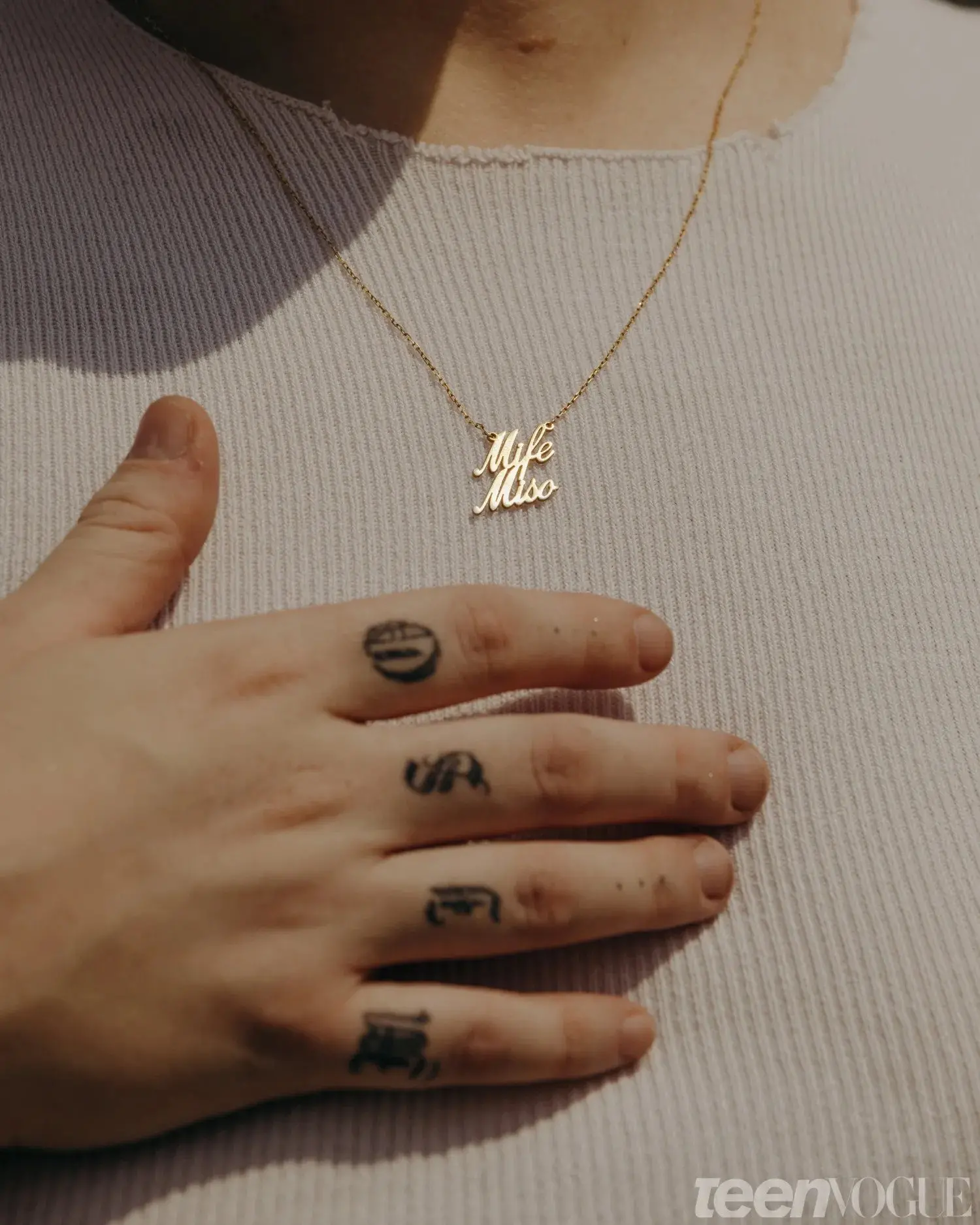
A few months after her abortion, Montoya Frazier went back to the same clinic to get her Depo-Provera birth control shot. The once packed waiting room was empty. The colorful quotes and feminist icons had been painted over with stark white. There was one person inside, packing boxes. They let her in and explained that the clinic had recently shut down, and they must have forgotten to call and tell her.
Like many other clinics across Texas, the one Montoya Frazier went to was forced to close because of increasing abortion restrictions in the state. The closure left the San Antonio region with just two abortion clinics in 2019, and the state of Texas with just 20. Now, Texas has a law on the books that outlaws nearly all abortion.
Abortion clinics across the country have also shuttered at an alarming rate. The most recent data from the Guttmacher Institute on the number of abortion providers in the U.S. is from 2017, when there were 1,587 providers across the country. That number declined from 1,671 in 2014, and has steadily declined since 1982, when there were 2,908. But since 2017, reports of clinics closing or not providing abortions in states where abortion restrictions are increasing indicate there may be even fewer providers today than in 2017, a problem compounded by COVID-19.
“I was so sad,” Montoya Frazier says about seeing her clinic closed. She was in a bind. This clinic had provided her birth control at a third of the price of most other places.
Before she left, she spotted a box full of sparkly pins printed with the words “Abortion is Normal” and asked if she could take one. She still has the pin.
Not Everyone Gets To Be So Loud
The solidarity that Montoya Frazier felt at the clinic that day stayed with her. It drove her to co-found The Buckle Bunnies Fund and to support and help over 1,500 people access abortion care over the last two years. She’s had two subsequent abortions due to her birth control failing, both of which she self-managed with the abortion pill at home.
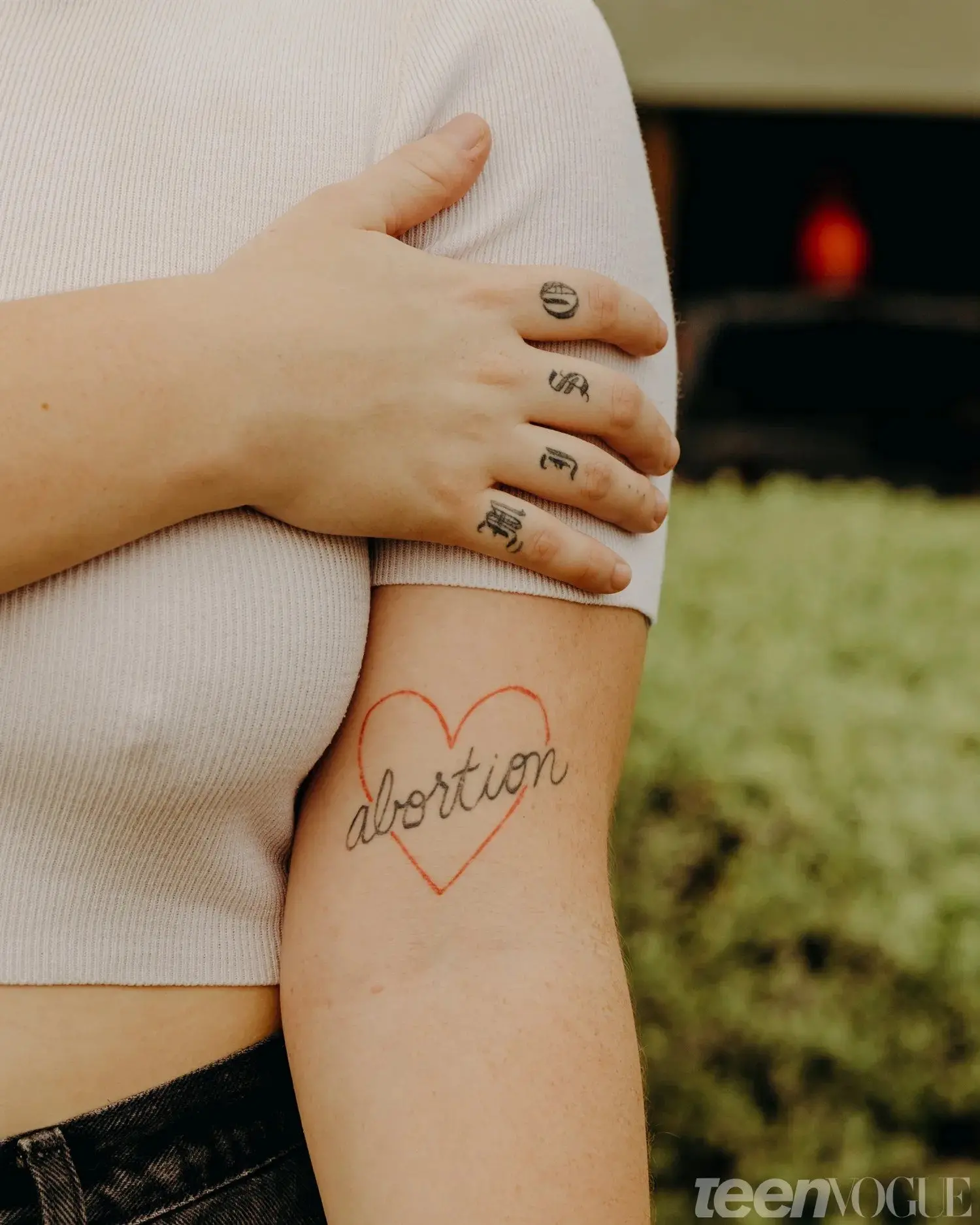
She eventually told her grandparents about her abortion, and instead of turning her away, they supported her. Now, especially with the enactment of SB8 and with Roe all but overturned, the requests from people desperate for help are pouring in. She says The Buckle Bunnies Fund gets about 50 requests for help a week. While her work may put her at legal risk because of Texas’s laws against “aiding and abetting” abortion, Montoya Frazier says she is not scared of being arrested or sued one day, because doing this work, to her, is too important. It’s worth it.
“It was a journey,” Montoya Frazier says of her evolution from that nervous 19 year old at the CPC to the fierce pro-choice advocate she’s become. “Not everyone gets to be so loud. I do this because there are people who need me.”
When people come to her for help, she makes sure they feel supported, free of shame. If they are fearful, she’s there for them, like that physician was there for her. If they’re nervous, Montoya Frazier tells all of these girls and women the same thing.
“I will not let you go through this by yourself.”












